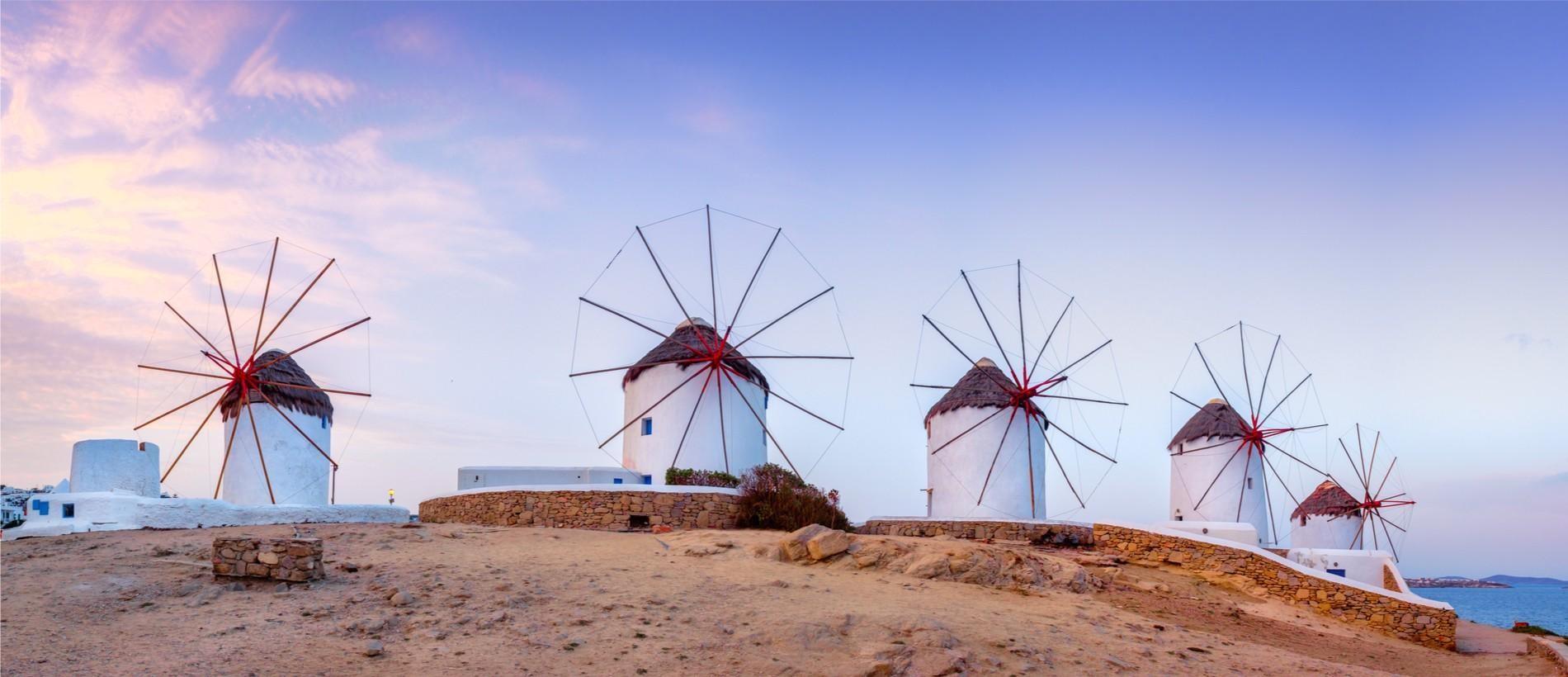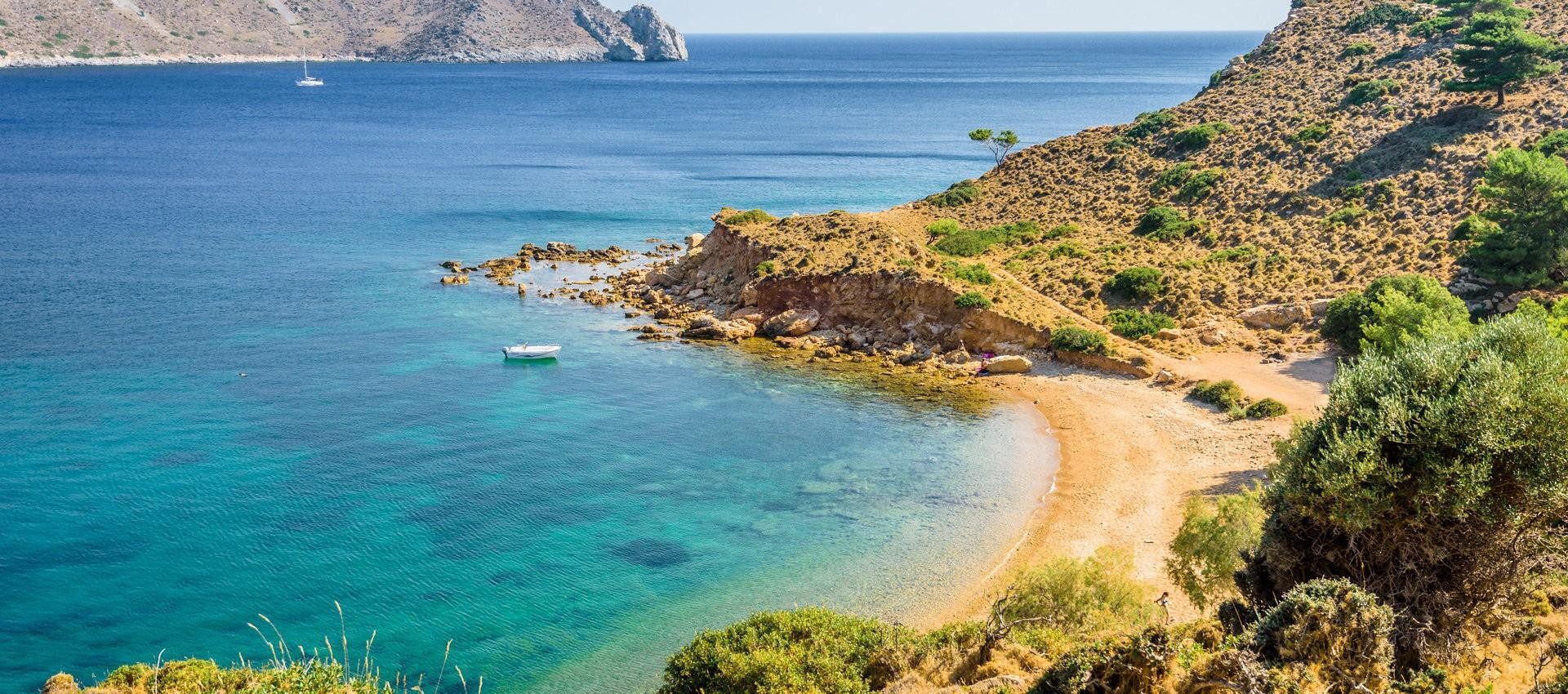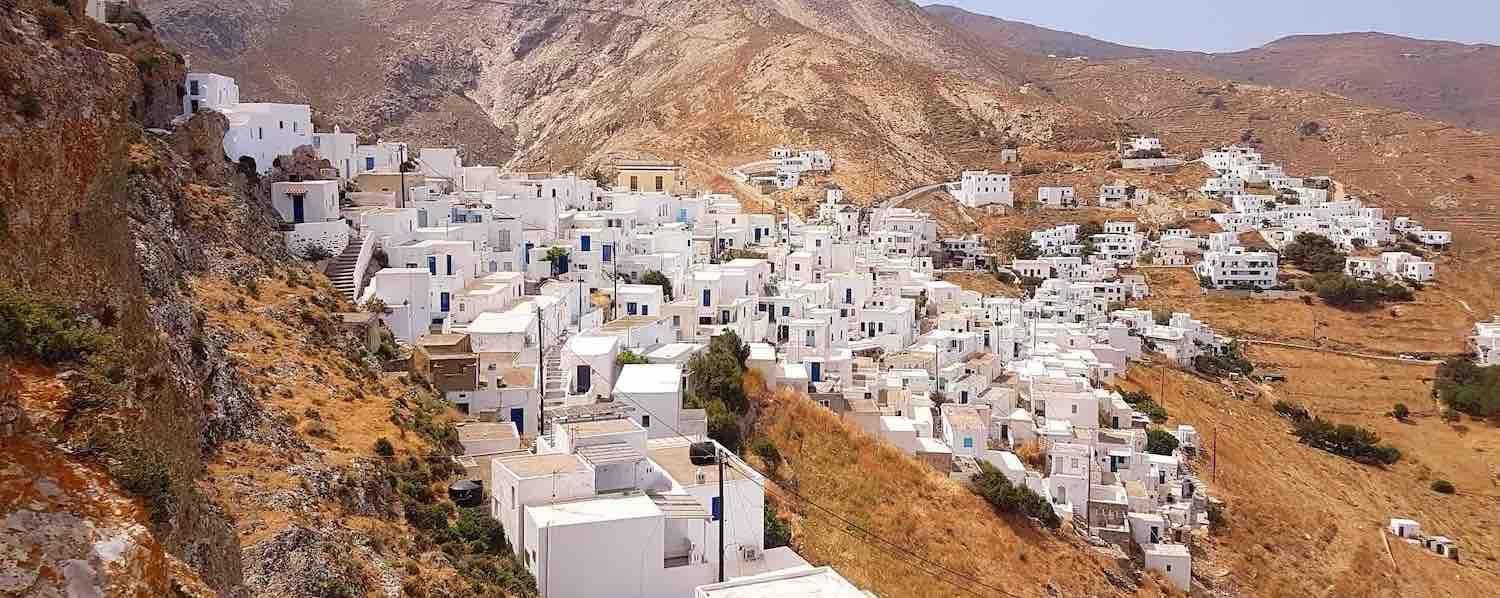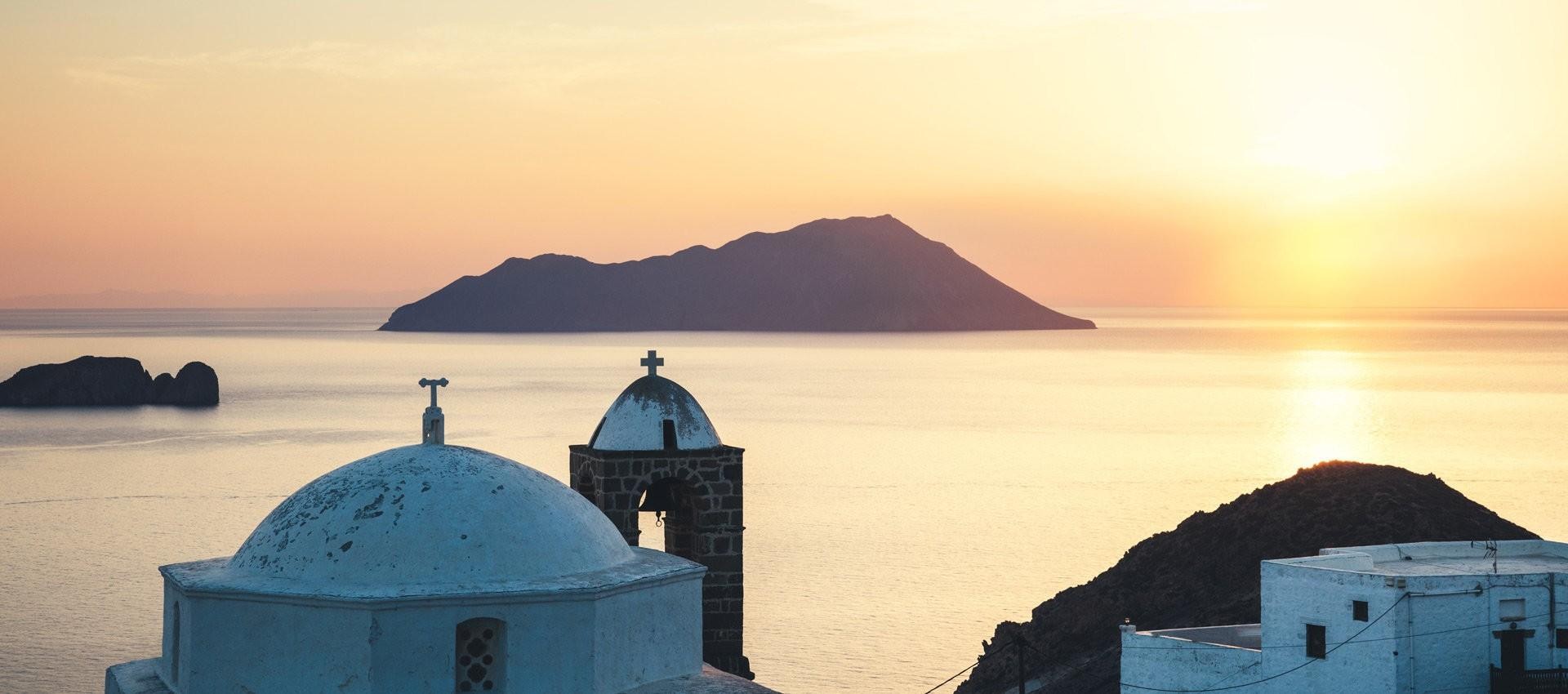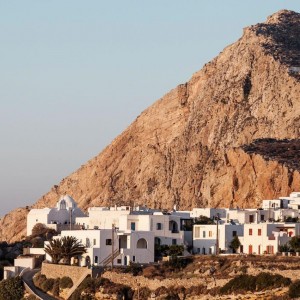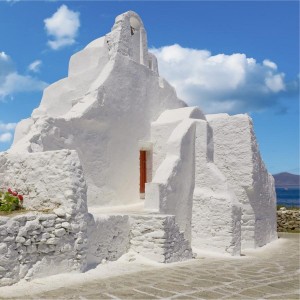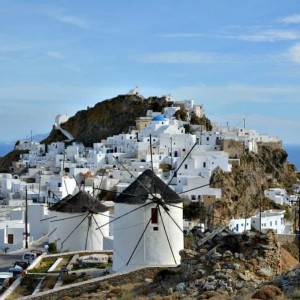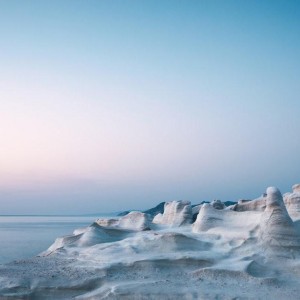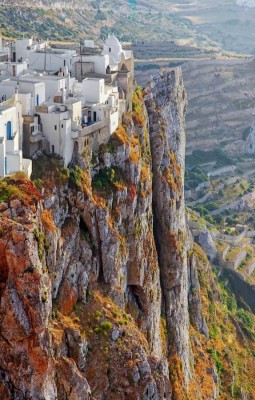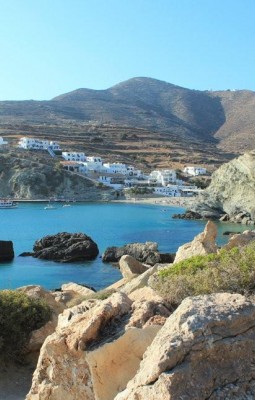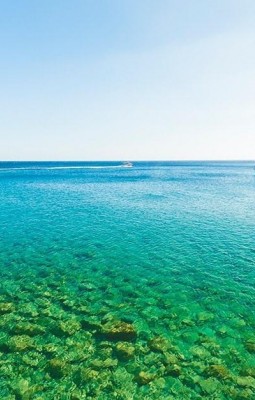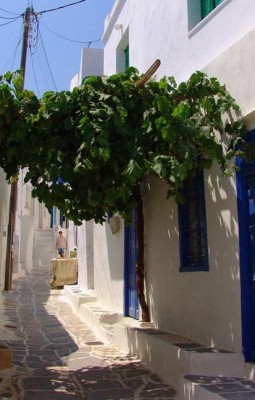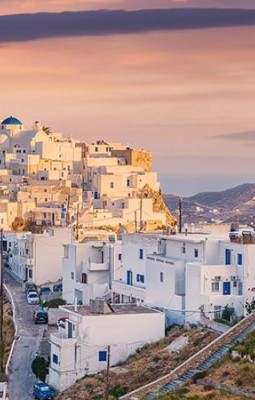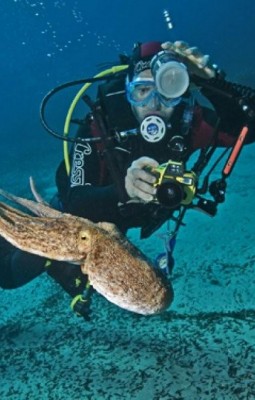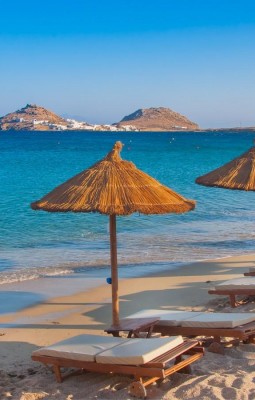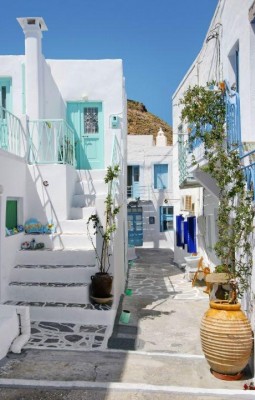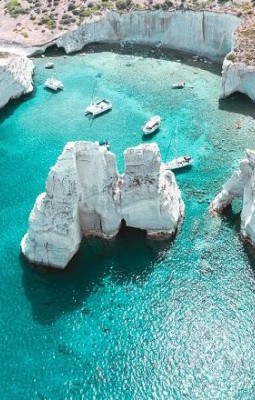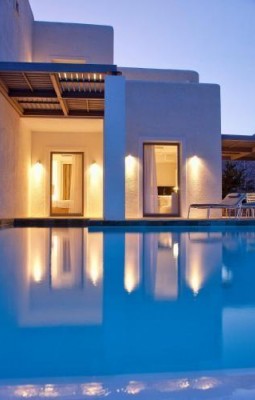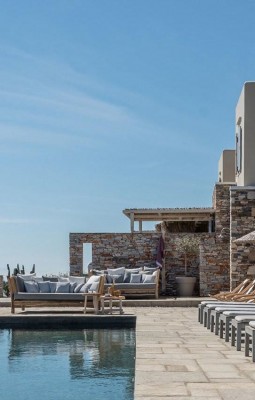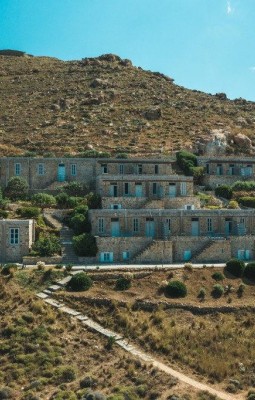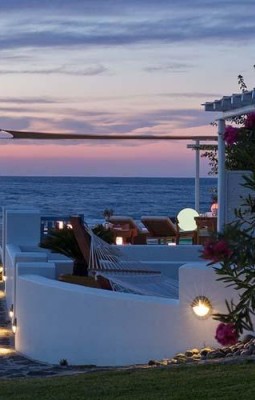Step outside the common tourist routes and discover another side of the Cyclades, much more authentic, wilder and untouched by the great masses of visitors!
The Cyclades archipelago comprises over 200 islands, generally small, of which only 24 are inhabited. The name Cyclades comes from the Greek "kyklades" - circle, wheel - and refers to the circular shape of the archipelago, which surrounds, in order to protect, the sacred island of Delos - the spiritual center of the ancient Greek world and birthplace of the goddess Artemis and the god Apollo. However, according to the legend, Poseidon, the god of the sea, was so upset by the behavior of the Cycladic nymphs that he turned them into islands.
You will enjoy a journey through the less known islands of this archipelago: Folegandros, which reveals sublime panoramas explored on foot, on hiking trails; Sifnos, famous for its gastronomy and crafts; Serifos, an authentic island with very well preserved traditions and with over 70 beaches and last but not least, Milos, the spectacular volcanic pearl of the Cyclades.
A circuit that must be lived and enjoyed in one's own rhythm and, of course, carefully prepared by us.
The tours we create are tailor made. We believe that the regions below should not be missed, but we leave it to you to choose how much time you want to spend in each place and what experiences will have during this unforgettable trip.
A first authentic experience is the visit to Folegandros, a rocky and arid island, with wild and hard-to-reach beaches, a paradise for nature lovers and hiking. You will admire this jewel of the Cyclades in all its greatness, preferably exploring it on foot.
Discover the island, its landscapes of rare beauty and the narrow alleys of Chora, with their medieval charm! Bicycle, scooter, car with or without a driver - choose the best means of transport to explore this authentic island of Greece!
Sifnos Island, the pride of the archipelago, is a very green island by Cyclades standards, full of olive trees, bouganvillea, white houses with clay chimneys and small chapels with blue domes, built on green hills leading to sandy beaches.
Its villages are home to craftsmen, potters, painters, poets and sheperds. Unmissable is Faros, the diamond of Sifnos Island, a fishing village appreciated for its calmness and sandy beaches, a place where time seems to have stood still.
Beside its beautiful beaches, Sifnos also boasts a sought-after gastronomy. The specific dishes with Greek cheese are perfect here (homemade tirokafteri and bouyourdi), fish and seafood for all tastes and, of course, a lamb stew and a spanakopita for enthusiasts - enough to enjoy the stop here from the first moment you disembark!
Along with Sifnos, Serifos is one of the most fascinating islands of the Cyclades archipelago, recognized and appreciated for its authenticity, tradition, and beauty of the landscapes.
The traditional villages, full of history and charm, are sprinkled along the island rocky formations and the coastline with over 12 km of picturesque beaches and bays, welcomes tourists with the charm and beauty specific to the Greek islands. Beach and relaxation enthusiasts will be able to enjoy the 72 beaches and bays, some small and isolated, but with emerald and turquoise waters of rare beauty.
The island is also present in Greek mythology: it is said that Perseus, the son of Zeus and Danae, grew up on this island, taking refuge here after his grandfather threw them into the sea.
The island is also an old mining center of iron and copper, exploited since Roman times until the nineteenth century. Chora, the capital, is one of the most elegant cities in the Cyclades and promises to inspire you. Built like an amphitheater on a rocky hill, the city has a magnificent panoramic view.
Spectacular and well-hidden to the crowds of tourists, Milos is also called the Island of Colors. Its charm comes from the rare morphology of the soil and its mineral richness. The volcanic activity of the island has shaped a very varied relief, with rocks in funny shapes and a wide range of colors, from immaculate white to black and from golden yellow to dark red, which stand out on the magnificent white sandy beaches.
On this beautiful Greek island was discovered the famous statue Venus de Milo, now hosted by the Louvre Museum in Paris. On April 8, 1820, Yorgos Kentrotas, quietly digs his piece of land, when by chance he discovers a small cave where he finds half of the statue of Aphrodite, currently known as Venus de Milo.
If you are looking for secluded beaches, you will be spoiled with the multitude of magnificent beaches, including Kléftiko, where you can dive into hidden caves with rocks and crystalline waters, or Sarakiniko, whose rocky white landscape forms a unique lunar décor.
We have selected a list of experiences that will bring you closer to the nature, people and culture of the places visited. Whether you prefer outdoor activities, adrenaline, you like to enjoy local cuisine or you are passionate about history and culture, choose one or more experiences that suit your style.
For a complete, authentic experience, we have selected several hotel optionss, each with its specificity and charm. Our selection represents only a small part of what each destination has to offer. If the hotel of your dreams is not included in our selection and you wish to receive other proposals for your exotic holiday in Greece, contact us.
